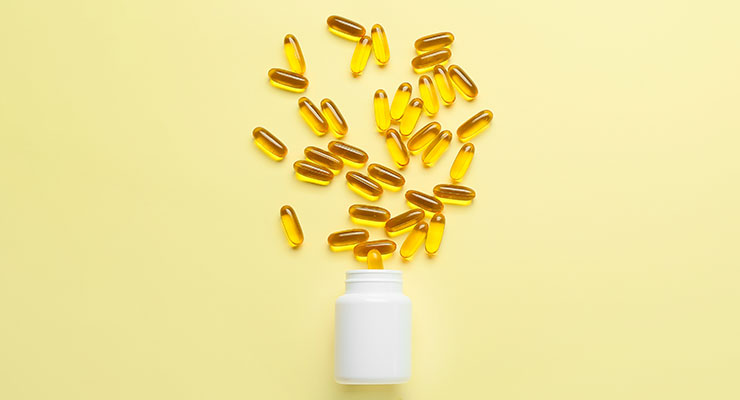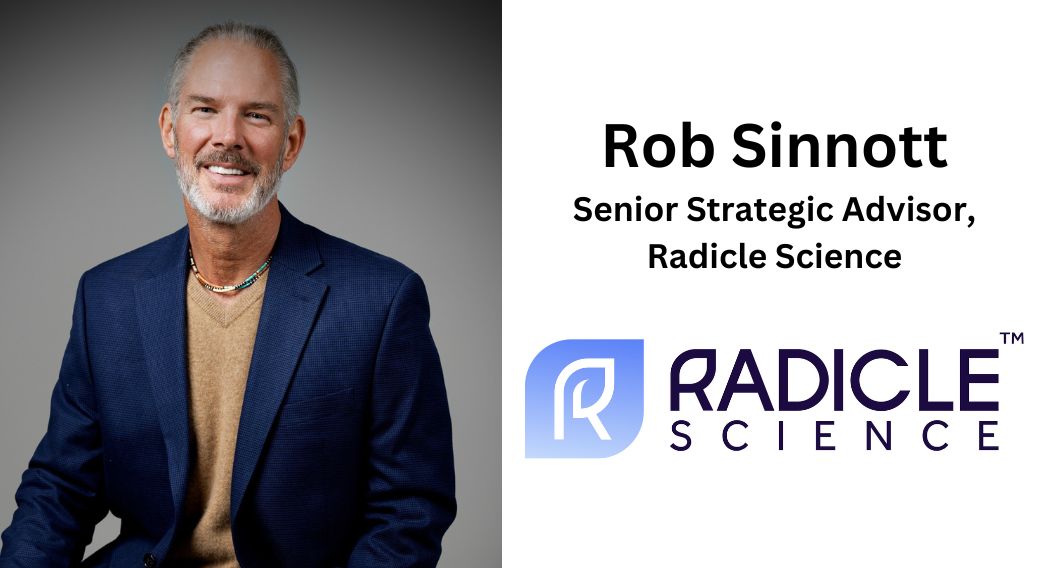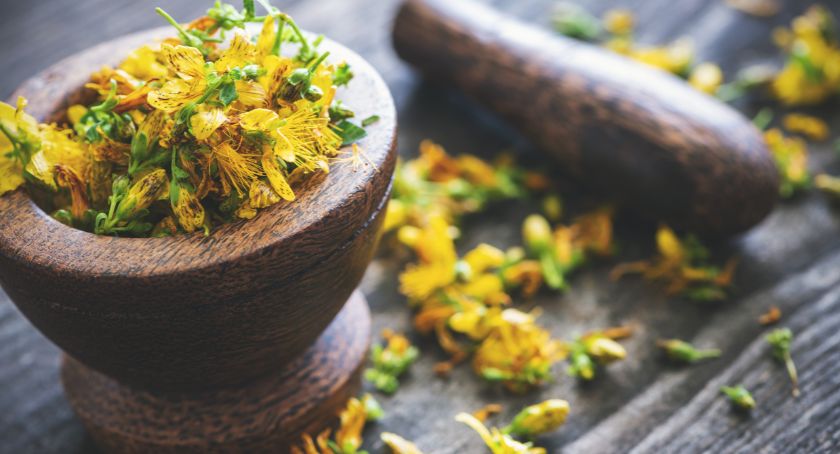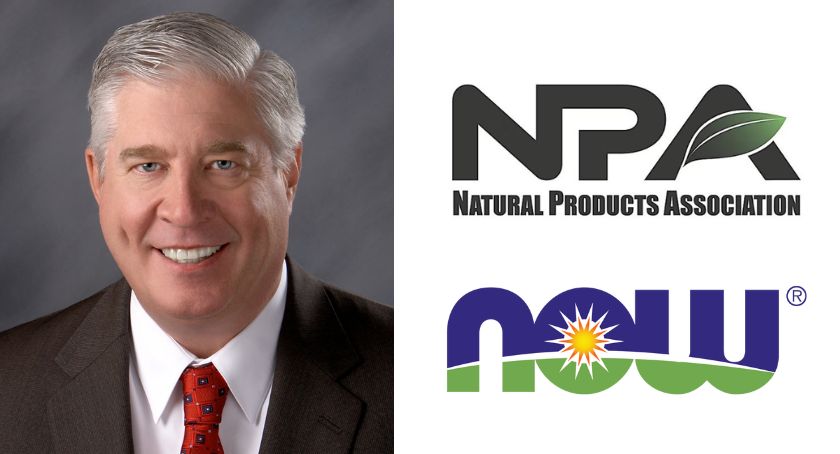Features
Peru’s Fish Oil Supply Expected to Normalize, but More Omega-3 Sources Needed to Meet Demand
Global demand for omega-3s remains high. Experts discuss supply challenges and solutions at GOED Exchange 2024.

By: Sean Moloughney

Following supply disruption and higher prices for fish oil brought on by a strong El Niño cycle that delivered warmer water to the equatorial Pacific, Peru’s anchovy biomass is expected to normalize in the latter half of 2024 into 2025, according to experts who discussed supply and demand dynamics during the GOED Exchange 2024 in Athens, Greece in February.
A strong next-fishing season this April and May could ultimately reveal whether Poseidon, the Greek god of the sea, grants some solace to a market eager to meet increasing global demand.
Based on historical data and analysis over the last 30+ years, Enrico Bachis, market research director of IFFO, the marine ingredients organization, said he expects the Peruvian anchovy biomass to recover.
Normally, absent El Niño or La Niña disruption, about 1.2 million metric tons of fish oil are produced around the world on an annual basis, with Peru accounting for 15-20% of that volume, Bachis noted.
Different fish species and raw materials contain varying amounts of the omega-3 fatty acids EPA and DHA. The typical entry point for the dietary supplement industry has been 30% EPA/DHA content (with a typical 18% EPA and 12% DHA ratio). Generally, fish oils with this composition come from wild-caught South American anchovy, with northern Chile, Turkey, Morocco, Mauritania, and a few other countries contributing as well.
Peru typically produces about 150,000 to 200,000 tons of fish oil per year. However, due to supply shortages, the supplement market was forced to pivot and use fish oil with less than 20% EPA and DHA content. “That might be something we see in the future more often,” said Bachis.
Dive Deeper: Omega-3 Supplement Market Influenced by Research, Sourcing, Pandemic Trends
Peruvian Anchovy: The Largest Fish Oil Supplier
“The Peruvian government and the Peruvian industry have been working very hard the last 30 years to guarantee the sustainability of the anchovy biomass,” said Gonzalo Caceres, commercial director at TASA, a vertically integrated crude-oil supplier. “That’s the key. If we don’t protect the biomass we are not going to have an industry in the future.”Several factors play into that sustainability effort. Peru has two fishing seasons per year, and every 6 months the government measures how much fish are in the sea. If estimates are below a certain threshold, then the government won’t open the fishing season.
After measuring and assessing the biomass for issues like the percentage of juveniles, the government sets a fishing quota, which Caceres said is usually around 25% of the total biomass.
Fishing conditions, which will dictate the total catch, and the fat content of fish will ultimately determine crude oil yields. “Last year, in 2023, the first season was essentially canceled,” Caceres said. “We only caught 40,000 tons out of almost 2 million tons of quota.”
Additionally, he said it’s normal to expect a 3-4% yield from fish for crude oil production, but last year presented extremely low yields (.45%). Factors like water temperature and salinity can affect fat content, as warmer ocean temperatures disrupt availability of food and fish swim deeper to find cooler waters, effectively burning their valuable fat content.
Peru had been producing an average of 150,000 tons of crude oil per year, but it only produced 90,000 tons in 2022, and only 10,000 tons in 2023, essentially losing an entire year of production, Caceres said.
There is precedent for such low yields, he noted, citing similar numbers in 1997-1998 when there was another strong El Niño. “We believe this is going to happen in the future. This is a natural resource,” he noted. “The question is how are we going to prepare for this?”
However, he added, “Peru is committed to continue supplying crude oil” for human consumption, noting the aquaculture industry is a major buyer of EPA and DHA to feed fish stocks.
As for what to expect for the next fishing season, and beyond, Caceres said he expects conditions to begin normalizing this year, but a key variable will be the fat content of fish.
Bringing More Fish Oil Capacity Online
In the EU, only factories that have dedicated production lines for the treatment of fish oil for direct human consumption (as opposed to aquaculture feed) are allowed to export to the trade bloc. There are also standards for sustainability of fisheries.In the future, getting more facilities around the world certified by the EU could help take the pressure off Peru and help meet supply demands, noted Leif Gjendemsjo, founder and CEO of Pharma Marine, a Norwegian supplier of bulk omega-3 oils that are derived from marine by-products like squid and cod trimmings.
“When we look at all the countries that have EU approval, they produce maybe only 200,000 to 250,000 tons,” he said. “So most of the fish oil that is approved for human consumption is already being applied to human nutrition products. How can we get more countries to focus on getting EU approval?”
According to Bachis, countries like Georgia, Turkey, India, and Oman may have the capacity to produce more fish oil for human consumption, but certification can be challenging.
“Certification is not just a corporate action, it involves government as well,” he noted. “Sometimes biomasses are shared.” For example, Georgia and Turkey share fishing rights in the Black Sea for European anchovy.
“So the two governments need to work together to put in place a system that allows those fishing to show they’re doing it in a sustainable manner. It’s a process that will take time,” Bachis said.
Peru’s tough couple of years is temporary and will stabilize, predicted Gertjan de Koning, CEO, of the Netherlands-based algae oil producer Veramaris.
However, a more persistent demand factor will be the collective aquaculture industry. “The world loves seafood,” he said. “There’s only so much you can actually catch from the ocean in a sustainable way.”
This demand has created a gap that the aquaculture industry entered a couple of decades ago, rising to dominate consumption of fish oil.
“Today, half of the seafood consumed is actually farmed,” de Koning noted. “It’s important to realize that the seabass, the shrimp, and especially all the salmon that are being farmed need EPA and DHA. Without it they will die. Aquaculture is by far the largest consumer of fish oil.”
Aquaculture’s appetite for fish oil comes not only from the amount of seafood people consume, but also the fact that salmon farmers have realized higher EPA and DHA inclusion levels mean healthier, more stable fish stocks.
These demand factors have simply outgrown available supplies. “Even if Peru has a good season, which we all hope, it’s not going to be enough,” said de Koning. “Fish oil is a fantastic product, but there simply isn’t enough. The structural gap that is getting bigger can only be filled with alternatives like algae oil and others.”
U.S. Market Erosion
The U.S. fish oil market is worth about $587 million in 2023, according to Circana data. While dollar sales were up due to inflation, unit sales were down, indicating market erosion, according to Ray Gosselin, executive vice president and COO of Pharmavite, which makes the supplement brand Nature Made.The U.S. omega-3/fish oil market has lost about 1.2 million consumers over the past 18 months as prices have risen, Gosselin said. “We are seeing contraction in the marketplace given the price and inflation that consumers are experiencing, not only in this market but in the rest of their buying.”
As brands pivot and pursue algae sources of EPA and DHA, or blends of different oils, consumer communication presents another major challenge. For example, Gosselin noted that when Nature Made changed its labeling in 2018 from “fish oil” to “omega-3,” volume went down 24% in one year.
“(U.S.) consumers do not understand ‘omega.’ We have a lot of education to do,” Gosselin said. “It’s going to be important because there’s likely to be other sources outside of fish oil.”
When the fish oil crisis started to emerge, aquaculture producers were quick to embrace these alternatives, including algae oil, noted de Koning.
Certain GMO seed-oils like canola from Nuseed, as well as Camelina sativa, which is being investigated in the UK by Rothamsted Research, are also poised to help fill the supply gap.
“All these projects are multi-year projects,” de Koning said. “Nobody can just switch on additional capacity. It’s going to be a challenge for alternatives to keep up with growing demand of aquaculture.” This supply gap is likely to persist for the next 5-10 years, he said.
Marine By-Products: Solutions from Nature
“We know that, unfortunately, we are dealing with bigger issues like global warming,” said Bachis, noting that it’s unclear if climate change has made this El Niño cycle stronger or to what extent. “There are still uncertainties there.”Better utilization of natural sources, including recovery of by-products from wild-caught fish could help the overall supply picture. Increased investment is needed though to spur technological advancement and greater efficiencies.
“In Norway we have a very long tradition of utilizing by-products,” said Gjendemsjo. “We have learned that we have to utilize what we harvest from nature. We have to utilize the whole fish.”
In some respects, companies have been “spoiled” by Peru for the last 30 years, he added, “because Peru has been producing very stable, good-quality fish oil containing 18% EPA, 12% DHA.”
“When we are able to get more companies and fishermen to utilize 100% of the fish, we will get more raw material available for high-quality omega-3 products,” Gjendemsjo said.
Supply Network Risk Mitigation
Companies have an incentive to reduce dependency “on anything that is at the mercy of nature,” simply in terms of supply risk-mitigation, said de Konig.“So if you introduce an alternative source that is not at the mercy of nature, I think that makes a lot of sense. Algae oil is actually made in a controlled environment so it has a predictable availability, it has a consistent quality, and you don’t have to compromise on potency.”
It’s also important to remember, de Konig added, “that every fish oil started as algae oil. Fish don’t make EPA and DHA in the value chain. They just accumulate all the EPA and DHA that was originally made by marine microorganisms.”
That story may help consumers understand the pivot from fish oil to omega-3s.
Of course, there is no single solution to today’s supply issues, but it’s imperative that companies prepare for the future. “Keep using the sardine oil, the anchovy oil, start adding algae oil, and make sure that all these things are approved the next time a crisis hits,” de Konig said. “Because the moment a crisis hits, you should have everything in place.”
The aquaculture industry isn’t picky, he added, and it will consume as much EPA and DHA as it can secure.
“There was a time when we were all competitors—fish oil vs. algae vs. krill, etc. But if you look at the current supply/demand situation, that is absolutely not needed anymore,” de Konig added. “I think it is much more important to get consumers to understand that they need to take omega-3s, whatever the source is.”
About the Author: Sean Moloughney has been the Editor of Nutraceuticals World since 2012. He can be reached at smoloughney@rodmanmedia.com.




















